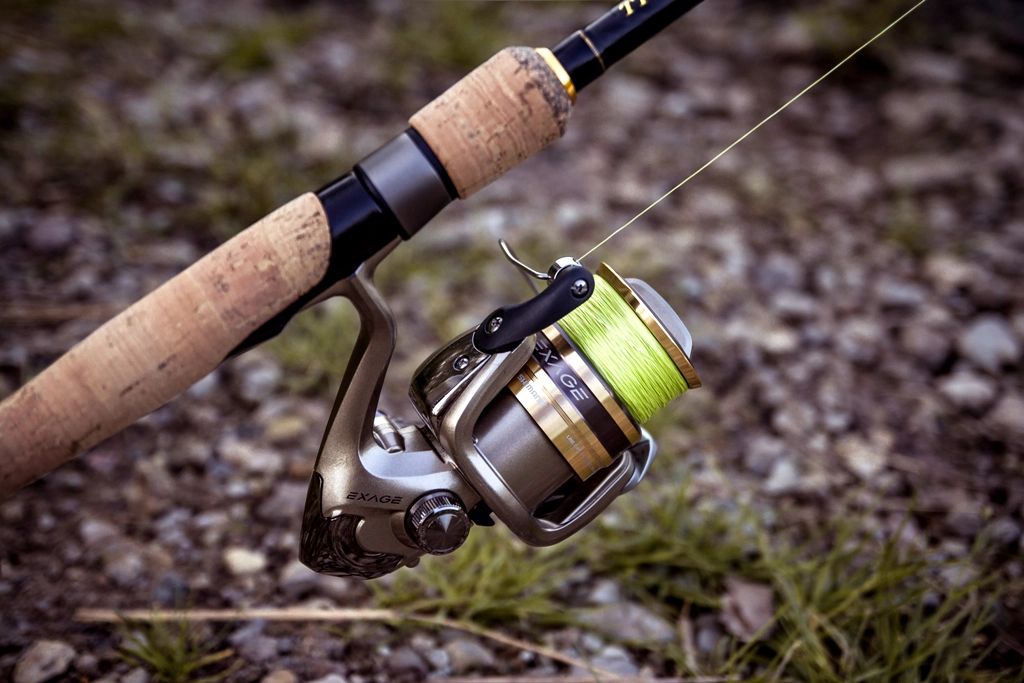Stringing a fishing pole is an essential skill that every angler should master. This process, which might seem simple at first, plays a pivotal role in ensuring a successful fishing experience. Properly stringing your pole not only facilitates smoother casting but also minimizes the chances of line tangling and breakage. In this comprehensive guide, we’ll walk you through each step of stringing your fishing pole, from selecting the right tools to final adjustments. Whether you’re a beginner or a seasoned angler, these insights will help enhance your fishing skills and prepare you for a successful day on the water.
Gather Your Tools
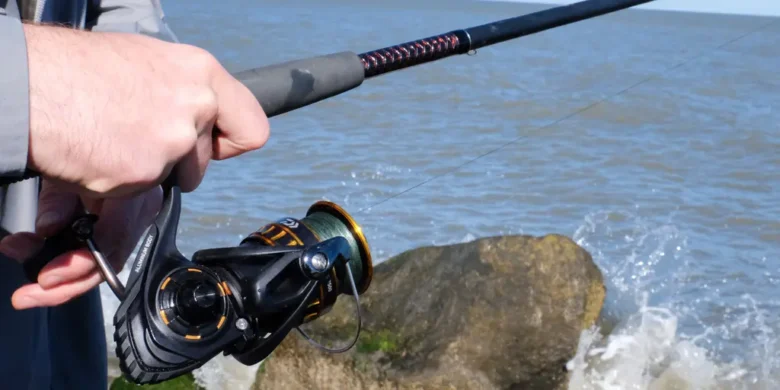
Before diving into the stringing process, it’s important to have the right tools at hand. You will need a fishing pole, a compatible reel, fishing tackle, the right type of fishing line for your needs, a pair of sharp scissors or a cutter, and a clean cloth. Each tool has a specific role. The fishing pole and reel form the core of your equipment; the fishing line acts as the crucial link between you and the fish; scissors or a cutter are used for trimming excess line; and a clean cloth is essential for wiping down your gear and keeping it in top condition. Additionally, having a small screwdriver and some lubricant can be helpful for reel maintenance.
Select the Right Fishing Line
Selecting the appropriate fishing line is critical for a successful fishing experience. The three primary types are monofilament, braided, and fluorocarbon. Monofilament line is affordable, easy to handle, and has a certain degree of stretch that can be forgiving for beginners. It’s ideal for general-purpose fishing and works well in a variety of conditions. Fluorocarbon, prized for its near invisibility underwater, is the go-to choice for clear water conditions and for anglers requiring stealth.
Understanding Your Fishing Reel
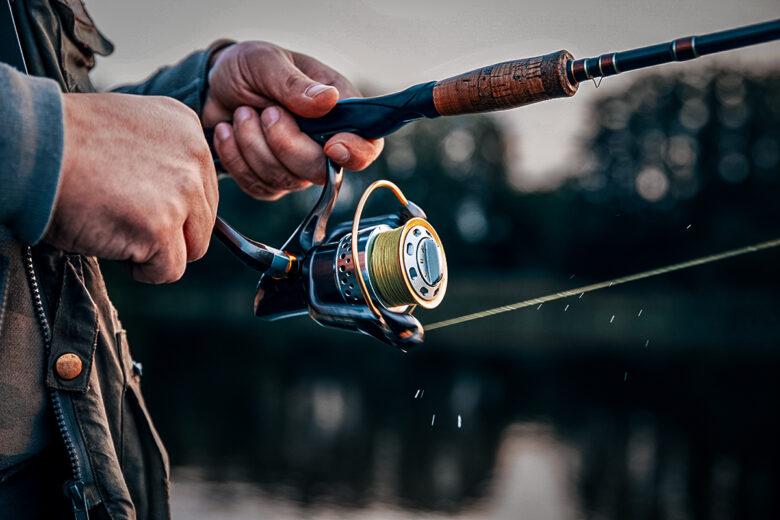
A deep understanding of your fishing reel is crucial for effective stringing. A fishing reel consists of several key components, each playing a vital role in the fishing process. These include the spool, which holds it; the handle, used for retrieving the line; the drag system, which helps control the tension and fighting of the fish; and the bail, which guides the line onto the spool. Familiarizing yourself with these parts not only aids in the stringing process but also enhances your overall fishing technique. It’s important to select a reel that complements your fishing rod and suits the type of fishing you plan to do.
Preparation: Clear the Reel
The first step in stringing your pole is to prepare the reel by removing any old or tangled line. This ensures a fresh start and prevents potential problems during your fishing trip. To remove the old one, first open the bail of the reel and carefully unwind it, discarding it responsibly to avoid environmental harm. If it is tangled, take your time to untangle or cut it away to avoid damaging the reel. Once the reel is clear, take a moment to wipe it down with a clean cloth, removing any dirt or debris that could interfere with the new line.
Thread the Line Through the Guides
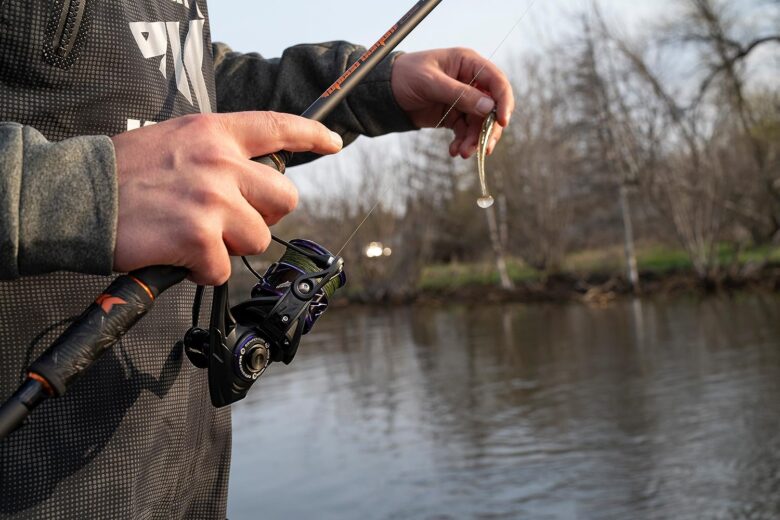
The guides on your fishing pole are designed to evenly distribute the stress of the line when casting and retrieving. Start threading the line by first opening the bail of the reel. Then, beginning at the tip of the rod, thread it through each guide, working your way down to the reel. Ensure that the line runs smoothly through each guide and that there are no twists or kinks. This process requires patience and attention to detail, as proper threading is crucial for effective casting and management.
Attaching the Line to the Reel
Securing the line to the reel is a critical step in the stringing process. First, run it around the spool of the reel and tie it with a basic arbor knot or another suitable knot for your reel type. Pull the knot tight, ensuring it’s secure and snug against the spool. After tying the knot, cut off any excess line close to the knot to prevent it from catching. Then, close the bail and start winding the handle, evenly distributing it onto the spool. It’s important to maintain a slight tension on the line during this process to avoid loops and tangles.
Proper Tension
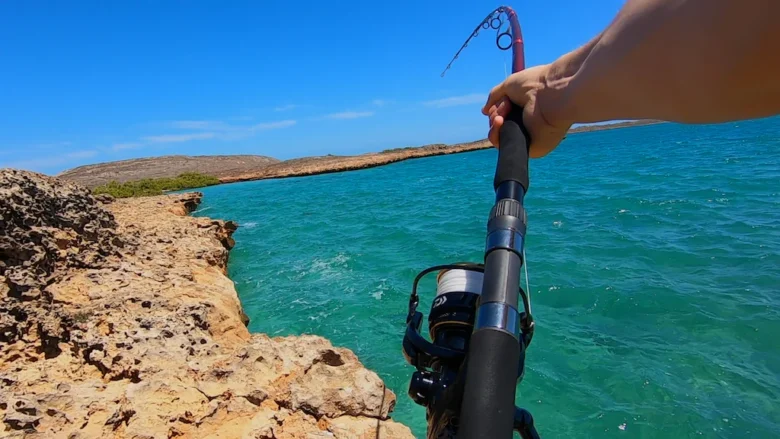
Maintaining the correct line tension is essential for optimal performance. Too loose, and the line will tangle; too tight, and it might snap under pressure. To achieve the right tension, apply slight resistance to it as you wind it onto the reel. You can do this by pinching the line lightly between your fingers as it enters the reel. It should lay evenly and snugly on the spool without being overly tight.
Trimming Excess Line
After winding the appropriate amount of line onto your reel, it’s time to trim the excess. Leave enough line to easily tie your lure or hook, usually a few feet beyond the tip of the rod. Use your scissors or cutter to trim it cleanly, ensuring there are no frayed ends. Proper trimming not only improves the aesthetics of your setup but also reduces the chances of line-related issues while fishing.
Checking for Knots and Tangles
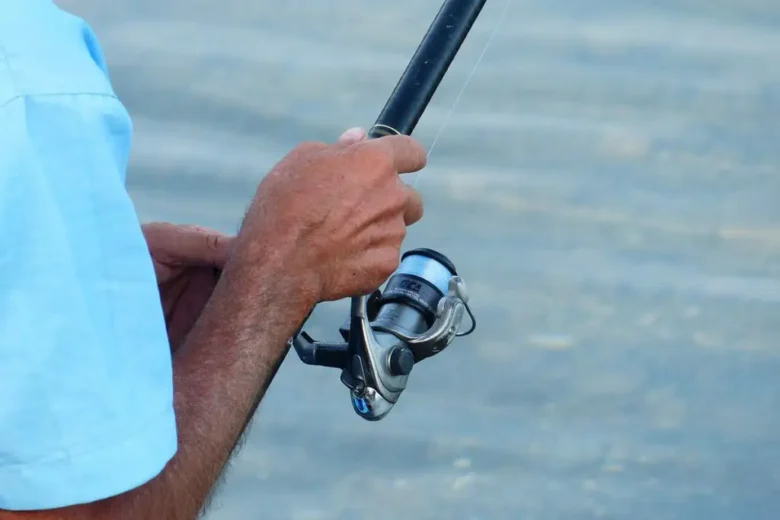
Before heading out to fish, inspect your newly strung line for any knots, kinks, or tangles. Run your fingers along the length of the line and look closely at the spool. If you find any knots or tangles, gently work them out without damaging it. This step is crucial as unnoticed knots or tangles can lead to lost fish and damaged equipment.
Practice Makes Perfect
Mastering the art of stringing a fishing pole comes with practice. Don’t be discouraged if your first attempts are not perfect. Each time you string your pole, you’ll gain more insight and skill. Practice different types of knots, experiment with various line tensions, and learn from each experience. Remember, even seasoned anglers were once beginners.
Conclusion
Stringing a fishing pole correctly is a skill that enhances your fishing experience and increases your chances of a successful catch. By following these steps and practicing regularly, you can master this essential aspect of fishing. Remember, the key to successful casting lies in the details of how you string and maintain your fishing pole. Now that you’re equipped with this knowledge, it’s time to apply what you’ve learned and enjoy the rewarding world of fishing.

